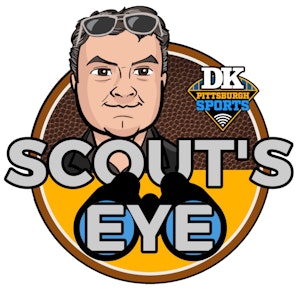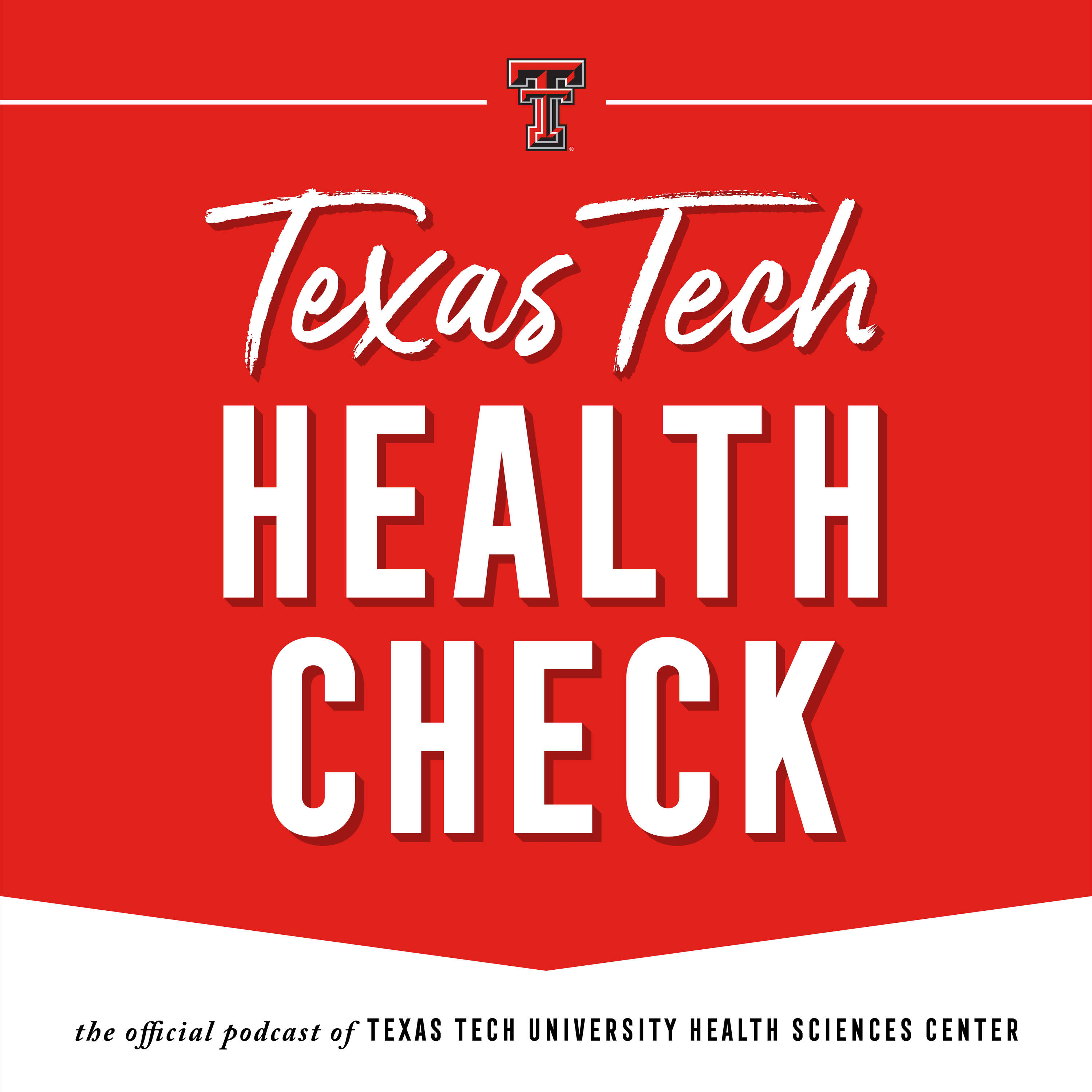- After-Shows
- Alternative
- Animals
- Animation
- Arts
- Astronomy
- Automotive
- Aviation
- Baseball
- Basketball
- Beauty
- Books
- Buddhism
- Business
- Careers
- Chemistry
- Christianity
- Climate
- Comedy
- Commentary
- Courses
- Crafts
- Cricket
- Cryptocurrency
- Culture
- Daily
- Design
- Documentary
- Drama
- Earth
- Education
- Entertainment
- Entrepreneurship
- Family
- Fantasy
- Fashion
- Fiction
- Film
- Fitness
- Food
- Football
- Games
- Garden
- Golf
- Government
- Health
- Hinduism
- History
- Hobbies
- Hockey
- Home
- How-To
- Improv
- Interviews
- Investing
- Islam
- Journals
- Judaism
- Kids
- Language
- Learning
- Leisure
- Life
- Management
- Manga
- Marketing
- Mathematics
- Medicine
- Mental
- Music
- Natural
- Nature
- News
- Non-Profit
- Nutrition
- Parenting
- Performing
- Personal
- Pets
- Philosophy
- Physics
- Places
- Politics
- Relationships
- Religion
- Reviews
- Role-Playing
- Rugby
- Running
- Science
- Self-Improvement
- Sexuality
- Soccer
- Social
- Society
- Spirituality
- Sports
- Stand-Up
- Stories
- Swimming
- TV
- Tabletop
- Technology
- Tennis
- Travel
- True Crime
- Episode-Games
- Visual
- Volleyball
- Weather
- Wilderness
- Wrestling
- Other
Cerebral Sinus Venous Thrombosis | An Infant with Eye Rolling
In this episode PICUDoc On Call, we discuss the case of a six-month-old ex-preemie with bacterial meningitis who presents with symptoms of cerebral sinus venous thrombosis. We explore the anatomy of the venous distribution in the brain and the clinical syndromes associated with sinus venous thrombosis. Our focus is on the imaging techniques, laboratory tests, and management strategies involved in diagnosing and treating this challenging condition.You will learn:A six-month-old ex-preemie presents with persistent fever, recurrent emesis, and increased somnolence.The patient experiences eye rolling and decreased oxygen saturation, prompting a visit to the emergency department.Physical examination reveals rigidity in all four limbs, and a head CT shows dilated ventricles and encephalomalacia.Lumbar puncture confirms an infection, and the patient is admitted to the hospital.After a 14-day course of antibiotics, the patient's clinical status worsens, leading to intubation and neurosurgery consultation.An MRI confirms cerebral venous sinus thrombosis.<br/>Anatomy of Venous Distribution in the Brain:Dural venous sinuses serve as conduits for venous blood return from the brain to the internal jugular veins.The superior sagittal sinus, cortical veins, transverse sinus, sigmoid sinus, and internal jugular vein are key components of the venous drainage system.<br/>Clinical Syndromes of Sinus Venous Thrombosis:Symptoms can be related to elevated intracranial pressure or focal brain damage from venous ischemia, infarction, or hemorrhage.Headache, seizures, focal neurologic deficits, and cranial nerve paralysis are common presentations.Cavernous sinus thrombosis can cause periorbital pain, ocular chemos, and paralysis of cranial nerves passing through the sinus.<br/>Risk Factors for Cerebral Sinus Venous Thrombosis:Dehydration, CNS or sinus infections, intracranial surgery, autoimmune disorders, genetic syndromes, metabolic syndromes, medications, and genetic thrombophilic states can predispose children to thrombosis.Thorough evaluation for risk factors, including thrombophilia, is recommended in children with cerebral venous thrombosis.<br/>Imaging and Laboratory Tests:CT and MRI with contrast-enhanced venography are preferred imaging tools to detect cerebral sinus venous thrombosis.Non-enhanced CT scans and T1/T2-weighted MRI scans show characteristic signs of thrombosis.Lab tests include CBC with differential, DIC panel, comprehensive metabolic panel, ESR, and specific thrombophilia tests.<br/>Management Strategies:







